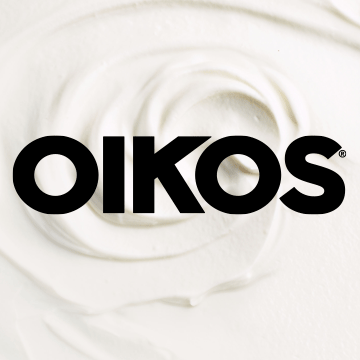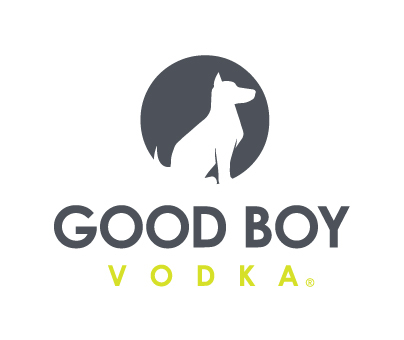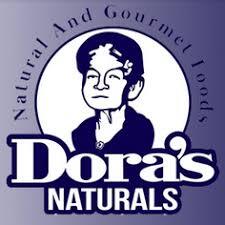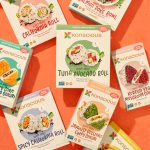Danone Aims to Reinvigorate Its Greek Yogurt Sales
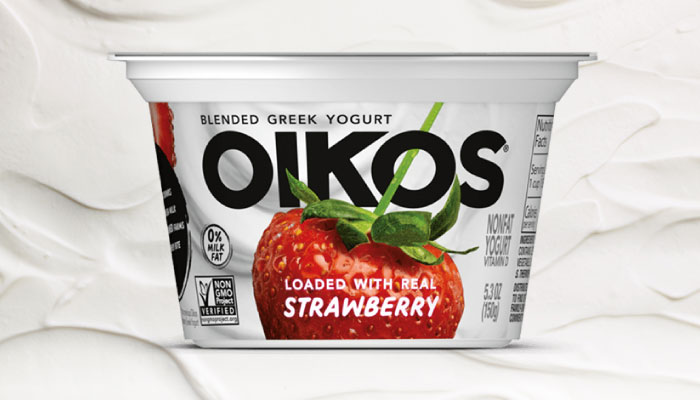
Restaging its decades-old Oikos brand, dairy conglomerate Danone hopes to bring new energy to its entry in the Greek yogurt segment. To do so, the company launched new products, and has plans to roll out advertising campaigns alongside refreshed branding to draw in new shoppers.
A key component of the company’s efforts was the launch of Oikos blended, a creamier Greek yogurt with 50% more fruit than any other Oikos offering. Debuting in Strawberry, Blueberry, Vanilla and Cherry, the line is packaged in 5.3 oz. cups, quarts and 4-packs. The Blended line was launched in conventional and mass retailers nationwide, including Target, Walmart and Kroger.
Danone decided to undertake the repositioning after engaging in a study with 6,000 shoppers last year. The quantitative and qualitative results showed that Greek yogurt was losing household penetration, particularly with younger millennial shoppers, according to Surbhi Martin, VP of, Greek Yogurt & Functional Nutrition at Danone North America.
“While we know that consumers are looking to Greek for many of the functional benefits, like high protein and a thicker texture, the category that is not always consistent in delivering an exciting food experience,” Martin said. “[Millennials are], frankly, quite bored with many Greek yogurt options.”
According to research provider SPINS, the Greek yogurt category was relatively flat over the last year, with growth under 3%.
The Blended line seeks to generate excitement with an emphasis on taste, not only from the additional fruit but also through the use of different yogurt cultures and production processes to produce a richer mouthfeel. The Greek yogurt team also wanted to deliver on consumer preferences for higher protein and lower sugar, with each serving including 12g-16g of protein, 6g-10g of total sugar and 90-100 calories, Martin said.

The milk used in the Blended line is sourced from family owned farms that prioritize sustainable farming practices and the entire line is non-GMO certified. Though these efforts also may also finally open up the natural channel for Oikos, it also was a strategic marketing choice, Martin said.
“Millennial consumers want to feel like they’re choosing brands that help contribute to more sustainable eating, drinking and farming practices,” she said.
The line’s packaging also has been revamped with a cleaner, more vibrant, modern design and mission has also become a key focus.
The launch followed January’s debut of Oikos Pro, which has a higher protein count at 20 grams per serving. Pro and Oikos Triple Zero will also see their own branding “evolve,” Martin said, to again target the millennial consumer, falling in line with Blended’s look and feel. An omnichannel marketing campaign utilizing TV spots, influencer efforts, search campaigns and shopper marketing programs will further reinforce the new efforts.
Still, while the goal is to bring shoppers back to Greek yogurt, Danone has to be careful not to cannibalize from its other brands, Martin said. While this can be difficult at times, it does mean that the team is freed from trying to craft a brand that meets the needs of all shoppers and instead can be targeted, she added.
“One of the things we really learned in that research is that there is no ‘one size fits all’ to meet yogurt consumer needs,” Martin said. “You really can value a house of brands that’s diverse enough in the brand positioning, to be able to meet those diverse consumer needs and occasions in yogurt.”
